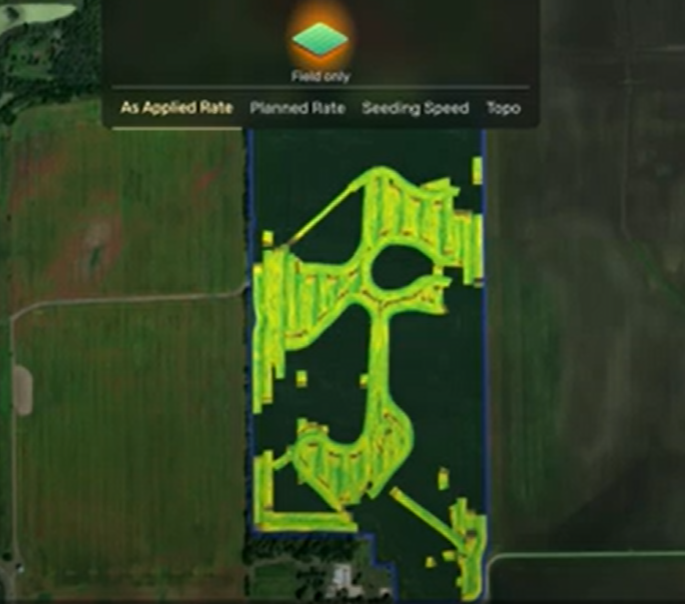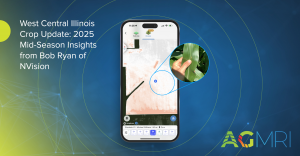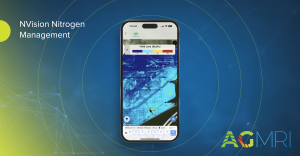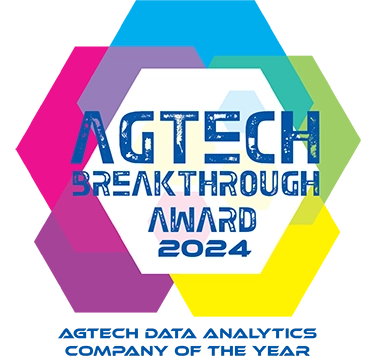When too much rain strikes, it can be difficult to monitor conditions across an operation or even region. Not to mention the added stress of the reduced timeline to get those replant acres in.
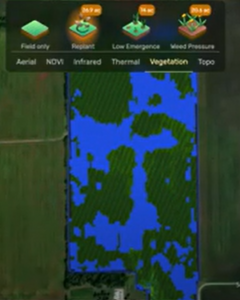
In 2021, AGMRI proved helpful in a number of ways for customers using the platform. Not only was AGMRI able to identify needs for replant, confirm the information with imagery and integrate into equipment for efficient replants, the information was used to monitor the replants progress all season.
“Using our dashboard, we were able to work with our customer to review the alerts and then verify – using CIR – that the rows were actually in need of replant,” says Conner Schmidt, account manager for Intelinair. “Since our system integrates with equipment like myJohnDeere and Climate FieldView, the farmer was able to go directly to the area that needed replant and move on.”
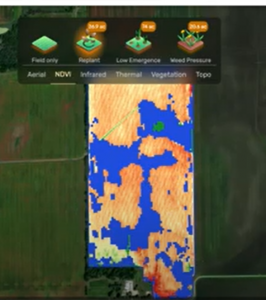
By using AGMRI and integrating with existing equipment, the customer was able to send the replant needs directly to the tractor and to follow the path within the field.
“In the past, you’d have to travel across the whole field picking up or dropping the planter where you felt you needed a replant,” adds Schmidt. “Now, we’re going directly to that spot in the field and only driving where needed.”
The customer saw results. They were able to more than double their output related to replant acres moving from 10 acres per hour to 21 acres per hour with the integration.
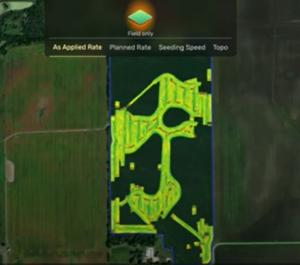
With AGMRI, they were also able to monitor the progress of those replants throughout the season and know exactly where in the field those replants happened for assessing overall production at the end of the year.

